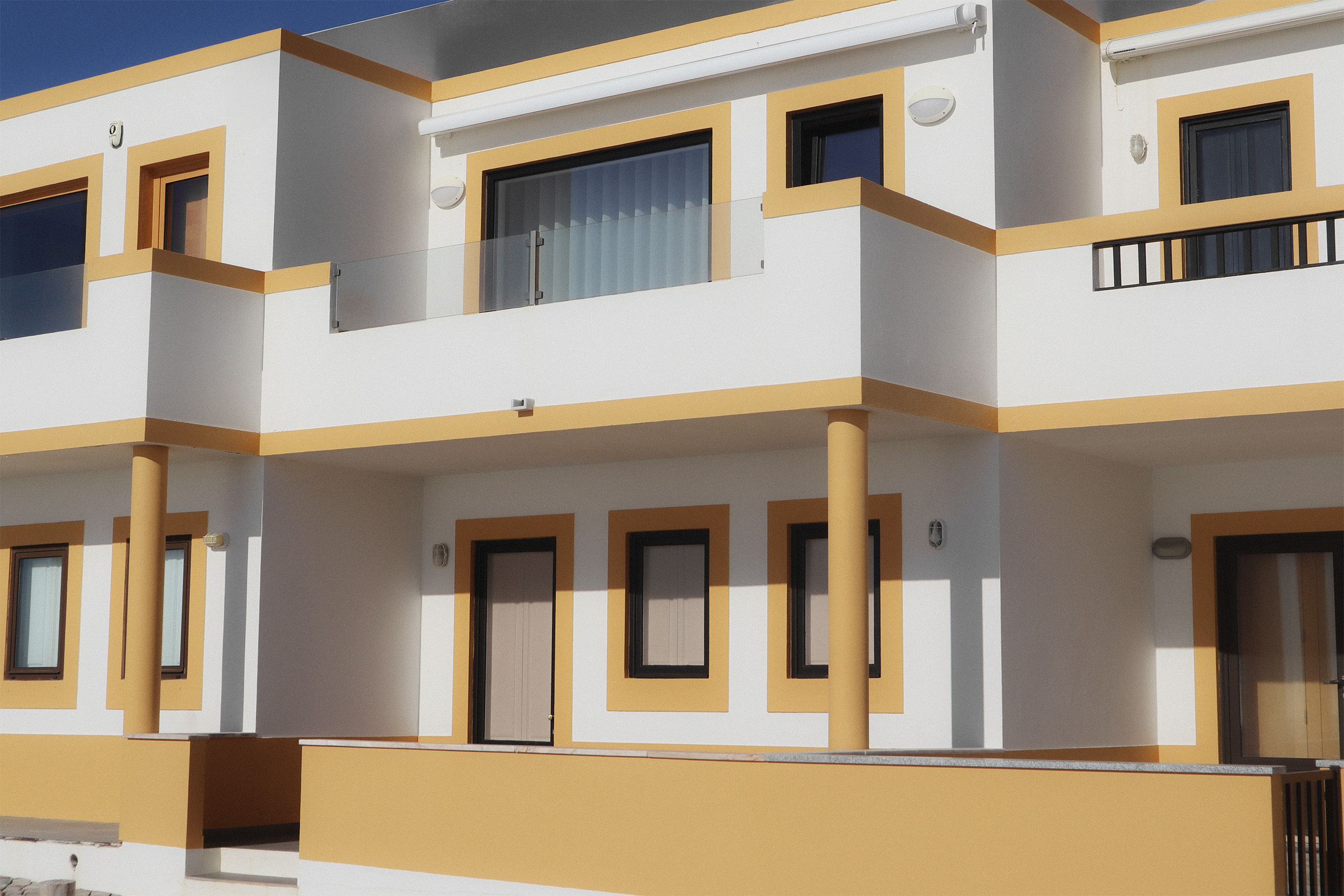
I took this image myself—an odd choice for a page about AI, but it introduces my thoughts here strangely well… Its stillness, whether of the building’s icy geometry or shut blinds, reminds me of what I once criticized at the onset of generative AI. Even now, these sorts of unfeeling qualities persist across AI, but are humans really so innocent of work that lacks feeling?
In no attempt to stir the ethical debate of AI-infused artistry, I’ll plainly suggest that both humans and robots are capable of creating both deeply expressive and starkly artificial work.
I have certainly made designs that flopped in the past—it’s unavoidable for anyone honing their craft. Looking back, I usually missed the mark because of a failed creative process, chasing a moment of brilliance rather than building a blueprint for it. Over time, I’ve come to appreciate the ties vision and process has with great design, and this has led me to what I would call a healthy relationship with creative AI.
No matter the unbelievable tools at my disposal, a strong creative direction remains key for my work. In this spirit, I don’t let AI replace my vision, but embrace that it may inspire and extend it. As a designer conscious of my evolving industry, I’m not abandoning my process, but rethinking my angle of impact, sharpening instincts as a curator and director rather than just an executor.
Below are three key ways I’m leveraging AI to grow professionally. Rather than diving into tools or techniques—which evolve quickly—I focus on more lasting approaches like self-development, improved workflow, and heightened aspirations.
Lately, I’ve been interested in designing album artwork again. This type of work is how I was introduced to graphic design, and with this site up and running, I’m inspired to get back into it.
My go-to in the past was creating alternate artwork for some of my favourite records. While fun, my designs often leaned on the luxury of time spent with the music and deep familiarity with its themes—both implausible in client work. A better exercise would test my creative process in a set timeframe, without relying on any prior connection to the music.
With generative AI, I can now create and refine fictional brand identities that feed into realistic project briefs. To prepare for the variety of artists I might work with, I can specify details like genre and deadlines, and even explore their imagined backgrounds. In place of actual music, I build vivid, believable moodboards—also AI-assisted—to guide the creative direction.
The point here is that I can’t rely on client work alone to guide my acumen. If I want gumwrk to align with the kinds of opportunities I seek, that takes a particular, proactive content strategy. By initiating briefs and deliberately exploring new visual territories, I can build a body of work that signals where I’m headed, not just where I’ve been.
The discovery phase of a project presents a small dilemma. It’s the most crucial stage of the process, but it’s just as important not to get stuck in the sandbox. So then, do I grab ideas from robots and go on about my work? Not quite.
The ideas I explore on gumwrk are not and will never be artificial. Whether that’s the Concerned Citizen’s Colouring Book or streetwear cookbook (coming soon), these are genuine directions rooted in personal vision, not a ChatGPT bullet list. A catchy idea isn’t enough—it has to be functional for the brand.
Where I will hand credit to the tiny person in my computer is for cracking the surface and building momentum.
Similar to rapidly sketching with no eraser, AI’s ideation doesn’t lead directly to gold, but it does inspire a fearless stream of creativity that yields strong starting points, faster.
I believe in opening pathways to creativity. As maker’s tools have become more powerful and accessible than ever, I am choosing to embrace these advancements rather than play skeptic, albeit complicated…
Truly, gumwrk was my response to an insecure future in graphic design. As the noise around AI and job loss grew louder, I questioned my footing and whether this was still a viable path. Ultimately, I couldn’t ignore that the classic graphic designer role is fading with the times.
Well, I’m still designing—what changed? I bought ChatGPT Plus! I reframed my path from execution to direction, turning a ceiling into a launchpad.
I’m empowering myself with new tools to learn and experiment like never before. As AI continues to improve at traditional graphic design work, I’m able to spend more of my time refining process, storytelling, and taste—areas that can benefit from artificial support, but will likely always demand a creative soul to champion.
That said, whether robots spare the jobs of creative directors is missing the point…
What’s key is that there is a rising stock for creative direction that pushes up against its limits. For brands, this is where it gets strange, hyper-specific, and strategically bohemian—the work feels free-spirited on the surface but is deeply intentional underneath.
I hope that across gumwrk you’ll feel the gravity of this motto. Beyond the fancy tools I wield will unchangingly be how I interpret them in practice.